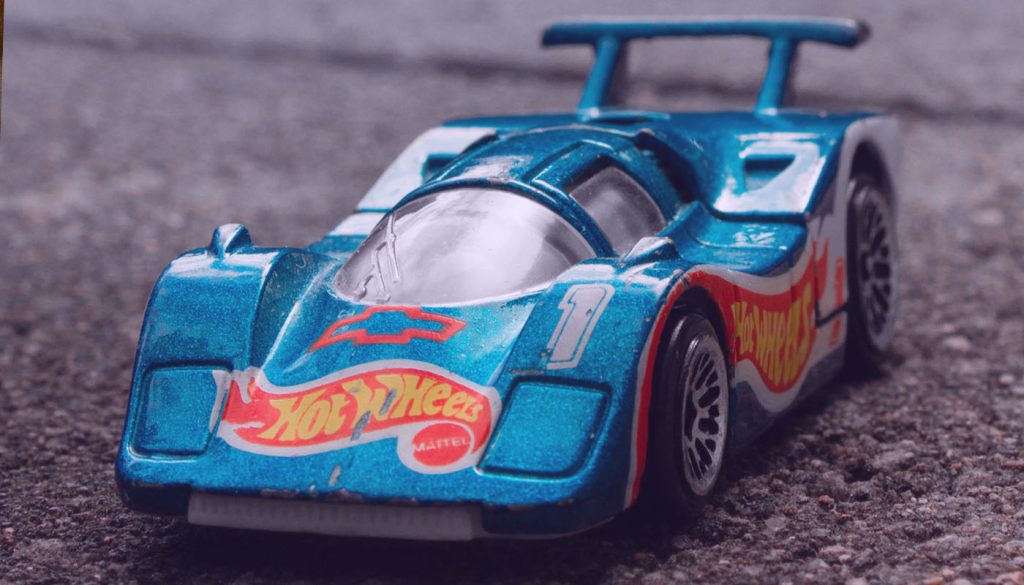When you buy through our links, we may earn a commission. Learn more.
Preservation Techniques for Retro Toys
To keep our retro toys in great shape, we can use several effective techniques. By focusing on cleaning, proper storage, repairing damage, and preventing common issues, we can ensure these cherished items last for years.
Cleaning and Maintenance
Regular cleaning is essential for maintaining our retro toys. We should avoid harsh chemicals, as they can damage the materials. Instead, we can use a soft, damp cloth with mild soap to gently wipe surfaces.
For delicate items, like those made from vintage plastic, using distilled water is advisable. Using a clean sponge, we can apply this water carefully to avoid stains.
Make sure to check for dust buildup in crevices. A small brush or soft toothbrush can help to remove it. After cleaning, we can store toys in polyethylene bags to keep them dust-free and reduce exposure to air.
Proper Storage Solutions
Using the right storage solutions can greatly affect the life of our toys. We should choose ventilated archival boxes made from acid-free materials to prevent deterioration.
To protect toys from light, we can store them in dark areas. For soft toys, wrapping them in acid-free tissue paper ensures that they maintain their shape and color.
Avoid placing heavy items on top of them, as this can cause long-term damage. If we have larger toys, consider using shelves with enough space between each item to prevent crush damage.
Repairing Damage
Repairing our retro toys can bring them back to life. For minor issues, such as scratches, we can use touch-up paint that matches the original color.
If parts are missing, we can check online marketplaces for replacements, especially for popular brands. When handling delicate vintage plastic, we should be gentle to avoid breaking.
For any rust on metal toys, using a soft cloth with a bit of vinegar can help remove it. Be careful to rinse afterward to prevent further corrosion. If the damage is significant, consulting a professional may be necessary.
Preventing Common Issues
To keep our toys safe, we must be aware of common issues. Moisture can lead to mold or rust, so it’s essential to keep toys in a dry space.
When storing toys, we should check for temperature changes. Extreme heat or cold can warp materials, especially plastic.
UV light exposure can fade colors, so limiting sunlight is crucial. To assist in preventing stains, avoid placing toys near food or beverages.
By following these techniques, we can successfully preserve our retro toys and keep them in excellent condition for years to come.
The Value of Collecting Retro Toys
Collecting retro toys holds significant value for enthusiasts. This value stems from nostalgia, market demand, and the joy of preserving childhood memories. There are various aspects to consider, including how to assess value, the cultural importance of these toys, the market dynamics, and how collectors can showcase their treasures.
Identifying and Assessing Value
To evaluate the worth of retro toys, we begin by identifying key factors. First, condition matters. Toys in their original box or with intact packaging generally fetch higher prices. We should also consider rarity; limited editions or hard-to-find items are more valued.
- Key Aspects to Assess:
- Condition: Mint, near-mint, or used
- Completeness: All parts included
- Rarity: Limited run vs. mass-produced
Next, researching recent sales can help us establish a baseline price. We can check auctions, collector forums, and price guides, such as the one found on Retro Toy Quest. This data aids us in understanding current market trends.
Cultural and Nostalgic Importance
Many collectors are driven by nostalgia. Retro toys often remind us of our childhood, evoking memories of play and joy. This emotional connection can elevate the value beyond mere dollars.
The toys also tell stories about pop culture. Icons like Barbie dolls or action figures from popular films reflect trends of their time. Collectors view these items as cultural artifacts.
- Factors of Nostalgic Value:
- Personal memories associated with specific toys
- Historical context in pop culture
We should also note that nostalgia plays a role in market demand. As more people seek to reclaim their childhood, prices may rise for specific items.
Market for Buying and Selling
The market for retro toys is vibrant and ever-changing. Online platforms and collector shows are ideal for buying or selling items. We can explore options like eBay, Etsy, or specialized collector sites for diverse selections.
- Marketplaces to Consider:
- Online Auctions: eBay
- Specialty Sites: Etsy, collector-specific platforms
- Local Shows: Toy fairs, conventions
We need to remain aware of seasonal trends. For instance, certain toys may spike in value leading up to holidays. Additionally, building relationships with other collectors can open doors for trading or exclusive sales opportunities.
Showcasing and Sharing Collections
Sharing our collections can enhance the enjoyment of collecting retro toys. We can create display cases or shelves in our homes. It’s vital to keep the toys well-preserved and protected from dust and sunlight.
- Display Tips:
- Use acrylic cases for delicate items
- Organize by category: action figures, dolls, or vehicles
- Label items with their historical context
We can also showcase our collections online through social media or dedicated blogs. Engaging with other collectors allows us to swap stories, share tips, and expand our networks. Sharing our passion contributes to a community that values retro toys and preserves their history.
I’m Cartez Augustus, a content creator based in Houston, Texas. I’ve been exploring a variety of niches in content marketing in order to increase website traffic. I enjoy experimenting with artificial intelligence, search engine optimization, and paid search. The process of creating nerd-related content has been extremely rewarding since it has enabled me to network with people who are knowledgeable about these subjects.


